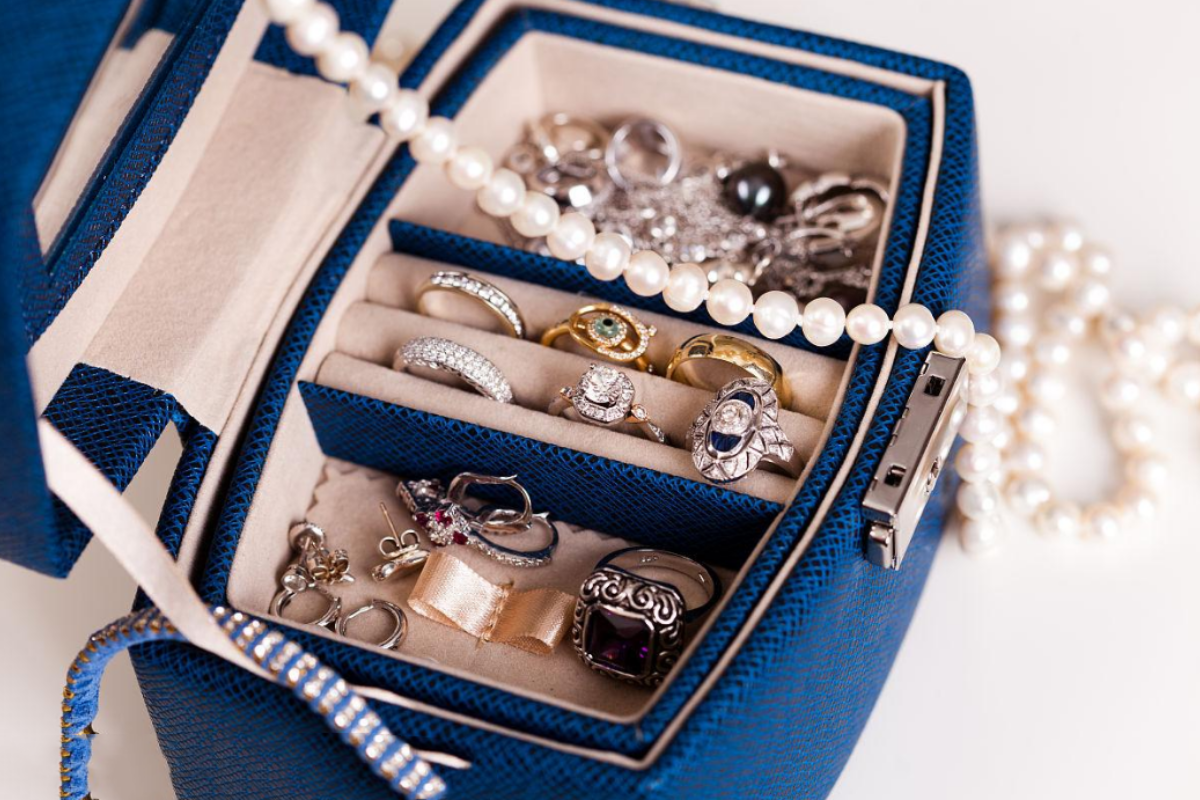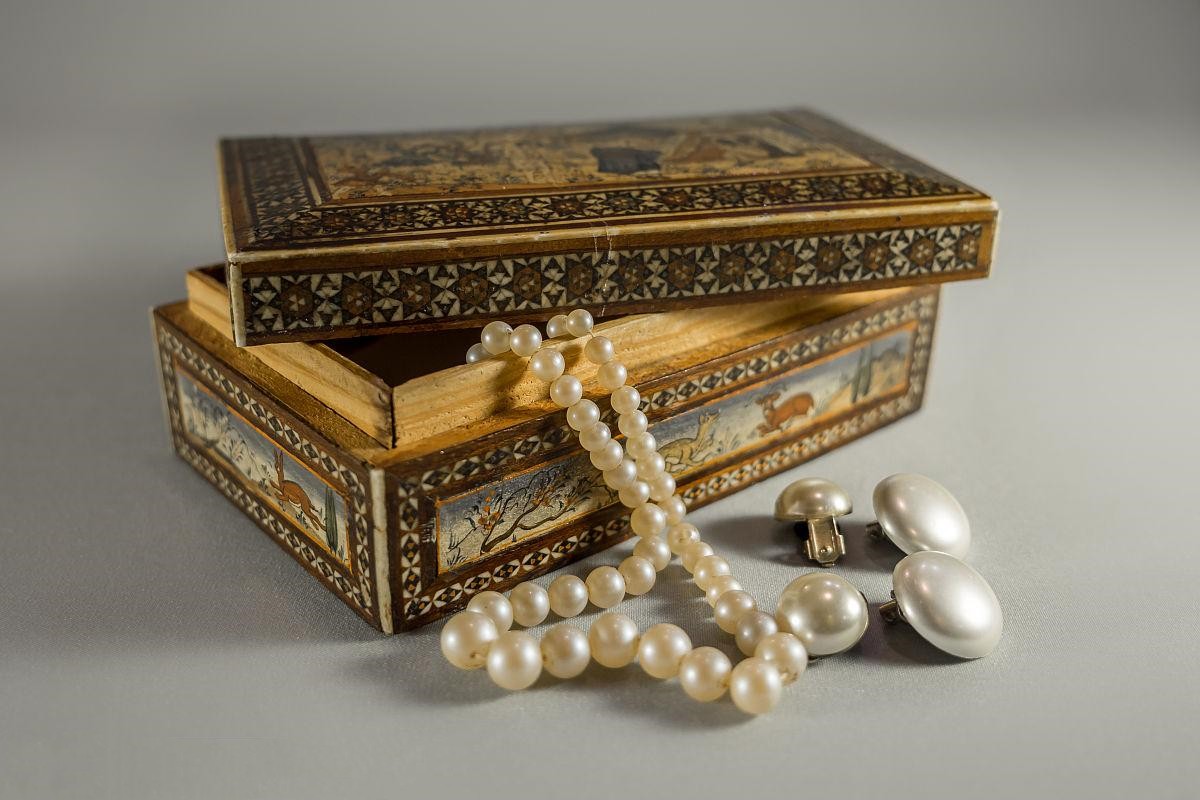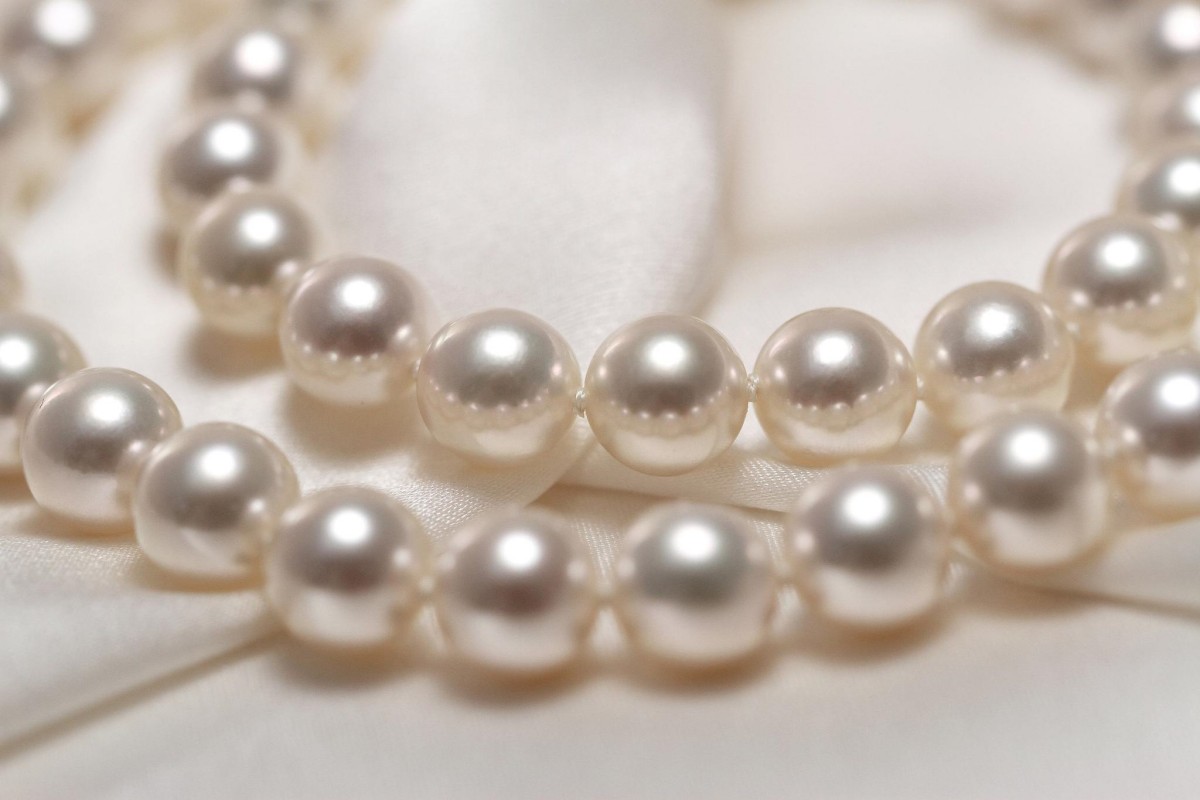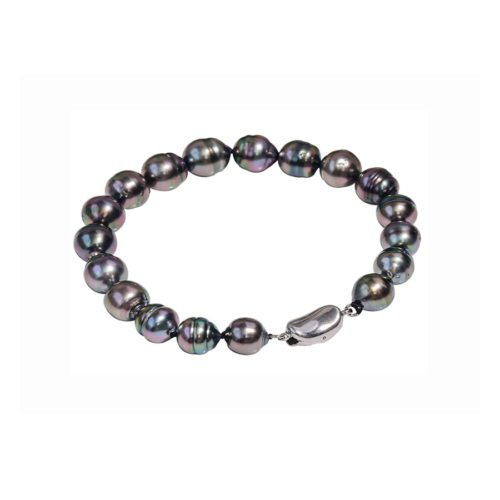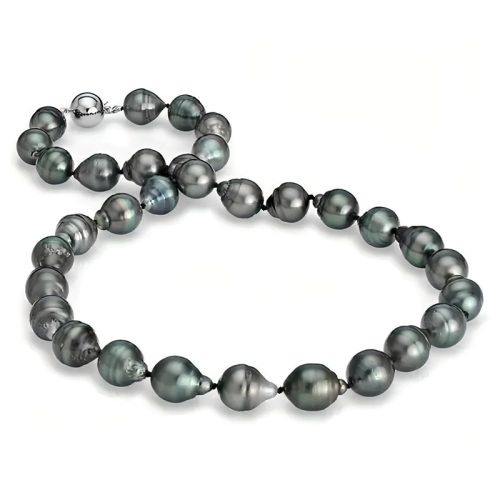The market is flooded with counterfeit and inferior pearls, and it is difficult for consumers to recognize authenticity. So how to tell if a pearl is real? We’ve written this article to show you how to tell real pearls from fake pearls.
Pearls are precious gemstones with a high collector’s and jewelry value. The most expensive pearl necklace in the world is the “Wanderer” pearl necklace, which once belonged to the famous Hollywood actress Elizabeth Taylor. Her British husband Richard Burton paid 37,000 dollars for the pearl necklace in 1969, but when she died eleven years ago, the price of the necklace from her estate also rose. After Elizabeth Taylor died in 2011, her “Wanderer” pearl necklace set with rubies and diamonds was auctioned off at Christie’s UK for 11.8 million dollars. The necklace was auctioned for 11.8 million dollars!
Unlike most other gemstones, which are formed naturally, pearls are formed from substances secreted by shells when they are stimulated by sand entering their shells.
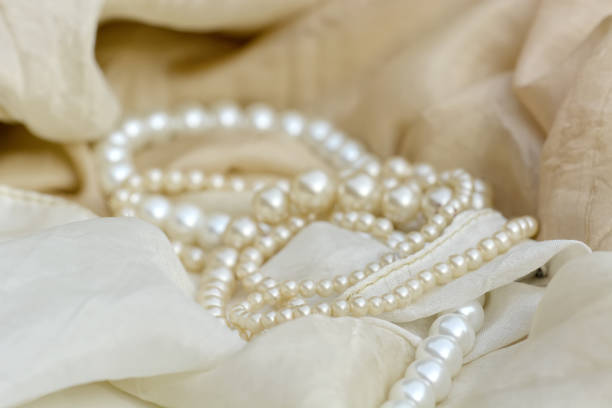
Pearls have always been the stars of the jewelry market.
If you follow the history of pearls, you will find that the higher the civilization of an era and a region, the more developed the pearl industry. Mankind’s conscious and organized search for pearls began more than 4,000 years ago in the Persian Gulf, the Mesopotamian Basin, which is also the cradle of human civilization. From there, pearl culture spread throughout the world, and the four birthplaces of civilization left behind numerous cultural records of pearls, all of which were associated with power and wealth. To this day, members of the royal family and the upper classes in various countries have treasured pearls and passed them down from generation to generation.
The ancient Romans also had a particular fondness for pearls and often bought them through various channels from the Persian Gulf.
For centuries, it was a great honor for the queens of Egypt to own pearls.
After 1530, many European countries began to enact pearl laws that prescribed the wearing of pearls according to social standing and status.
Since Queen Elizabeth II, her dress has been relatively simple, but pearl jewelry, which she has worn since childhood, has always been essential! Pearls have become an integral part of the Queen’s everyday life and have been used throughout her life.
It can be said that pearls have always been the stars of the jewelry market due to their unique charm.
How can you determine the authenticity of pearls?
Edison once said: “There are two things I cannot make in a laboratory, and that is pearls and diamonds”. It is said that wearing pearl jewelry can keep your husband from being confused by the colorful world outside. Do you know how to judge the authenticity of pearls when buying them? I heard that old people bite pearls with their teeth? Worry not, because Perlennation will show you how to determine the authenticity of pearls without damaging them.
Here are 10 ways to recognize a real pearl:
1. look for the luster: the luster of genuine pearls is warm and soft, conveying a sense of nobility and elegance, while the luster of fake pearls is dazzling and unnatural.
2. check the surface texture: The surface texture of real pearls is natural and each pearl has its own unique texture; the texture of fake pearls is often artificially processed and looks very uniform.
3. feel the weight: The weight of real pearls is moderate, neither too light nor too heavy; fake pearls are often underweight and feel light and airy.
4. color: The color of real pearls is naturally formed and can be divided into different shades, while the color of fake pearls is often dyed or artificially synthesized and appears too bright.
5. water test: Place pearls in water. Real pearls absorb water and expand slowly, while fake pearls do not absorb water and do not expand.
6. scratch with a needle: Carefully scratch the surface of the pearl with a needle. A waxy layer forms on the surface of genuine pearls, whereas this reaction does not occur with fake pearls.
7. burn with fire: Light a candle in a dark place and hold the pearl over the flame. Real beads give off a soft light, while artificial beads produce a bright firelight.
8. Irradiate with ultraviolet rays: When beads are irradiated with ultraviolet light, real beads fluoresce white while fake beads do not.
9. Rinse with water: Rinse pearls in clear water. Real pearls will return to their original shape in water; fake pearls will not return to their original state.
10. ask an expert: If you are not sure whether a pearl is genuine or not, you can consult a professional jewelry expert or contact a recognized jewelry expert institution.
In summary, determining the authenticity of pearls requires the extensive use of various methods and the correct conclusions can only be drawn through careful observation and comparison. When buying pearls, be sure to choose official channels to avoid buying counterfeit and inferior products. At the same time, it is very helpful to understand some identification methods that can help us better distinguish whether a pearl is real, or not.
All pearls from Pearlsnation are carefully selected based on indicators such as luster, color, surface defects, roundness, volume, etc. to choose the best quality pearls from thousands of pearls. Buy real pearl jewelry online now!

